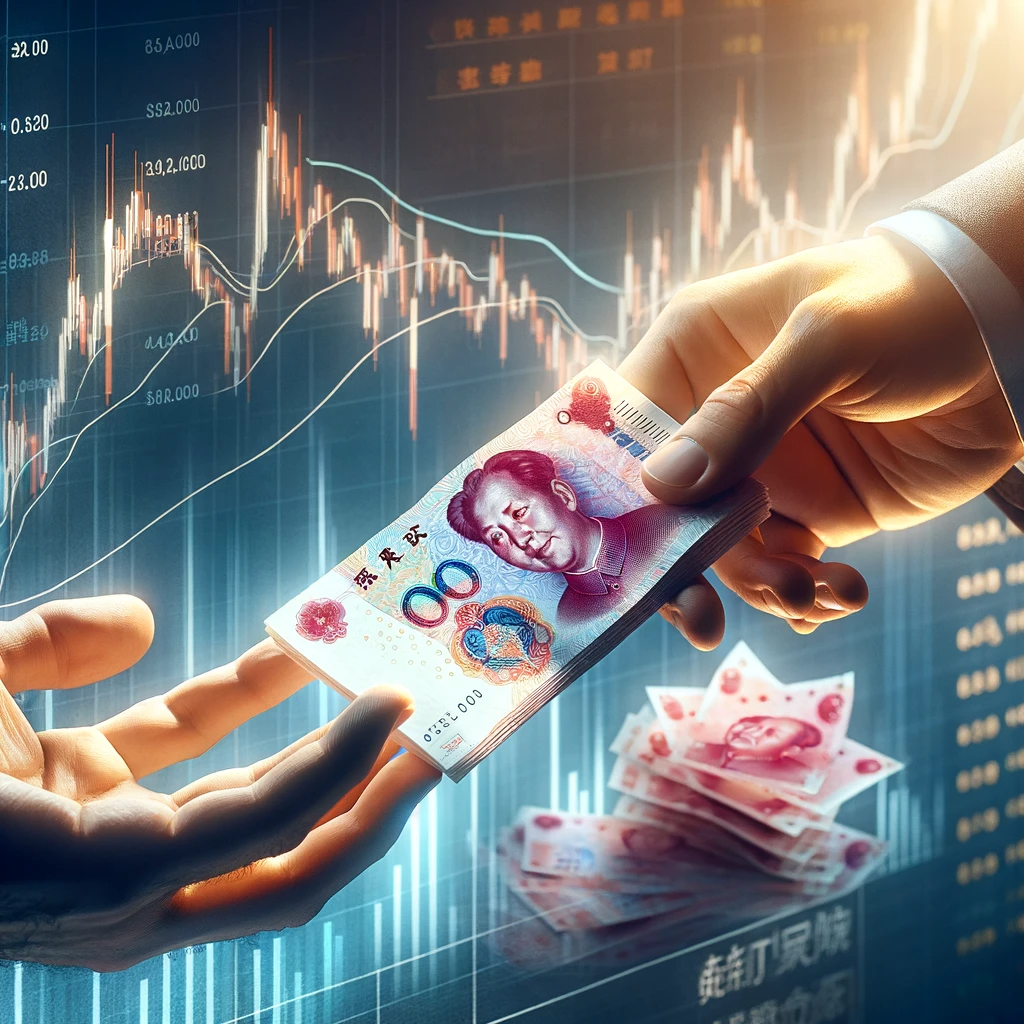When we talk about fusion, those who have studied physics will immediately think of nuclear fusion. There are two types of nuclear reactions, fission and fusion. Atomic and hydrogen bombs both use fission, in which a particularly large mass of atoms is split into two at ultra-high temperatures and pressures, generating a great deal of energy in the process, resulting in a nuclear explosion.
On the other hand, the process of two atoms being transformed into one large atom by ultra-high temperature and pressure is called fusion, and the energy released in the process is actually even greater.
It is still unknown how nuclear fusion will be utilized peacefully in the future for the benefit of mankind, but the principle teaches us that while we have strengths on our own, together we can generate more energy than we could possibly imagine.
Entrepreneurs coming together in the VUCA era?
In an entrepreneurial context, the spirit of fusion is to come together to generate and drive change. CKGSB was founded for two reasons that seek to harness this spirit. First was the promotion of its core values of innovation and change. Second was to provide a platform where entrepreneurs can meet and make partnerships and even friendships that will help them move forward for the rest of their lives. Thus, the institution hoped to create an ethos of “gathering for change” combining these two aspects.
At present, China is at a critical point in the transition from a mostly well-off population to the wider notion of common prosperity, and in order to reach that goal the business rules and enterprise operation methods that have been effective over the past three decades need to be re-examined.
There have always been some entrepreneurs who have had “light bulb” moments through which the purpose of their business is realized. But a more reliable approach to generating new business ideas is for entrepreneurs to get together, exchange ideas and explore them, form consensuses, have disagreements and potentially follow the wrong path, then find the right path to succeed with the greatest common denominator.
We currently find ourselves in the VUCA era, in which volatility, uncertainty, complexity and ambiguity form the basis of the business environment.
A combination of the COVID-19 pandemic and the current state of economic development in China mean that entrepreneurs find themselves in this VUCA period facing unprecedented challenges. For example, some infrastructure projects have had to be suspended for the first time due to the rising steel prices and the subsequent inability for companies to absorb those costs or transfer them downstream.
To use a metaphor, business success can be seen as the successful crossing of a river. When the business environment is relatively stable, enterprises can build bridges through exploration and design, spending a reasonable amount of time in reaching their goals. But when there is a high level of uncertainty, Chinese companies often have to resort to “crossing the river by feeling the stones.” The disadvantage here is that if the water is too deep, you may be unable to touch the stones to find your way.
This approach only allows for the crossing of small rivers, or dealing with smaller issues, but cannot work for larger obstacles. Our inability to cross the larger rivers does not mean that those obstacles are insurmountable, they are challenging, but we can further reduce our risk of being swept away by crossing together. There is an African proverb that sums this up nicely: “One person can walk fast, but a group of people can walk far.”
Moving forward as a team, with a strong leadership, can provide a level of impetus and certainty that can counter the uncertainty which surrounds the business environment today. It is important that entrepreneurs gather and seek change together in order to achieve the best results possible.
Strategic togetherness
Huawei CEO Ren Zhengfei has been quoted as saying that the person who can hear the gunfire should be the one to command the battle. Functionally, this means that those who understand the actual situation should be the ones to make decisions. High-level management often has the advantage of seeing the global picture, but often lacks experience of the specific situations on the front lines of their business.
So the real question is how to combine the two sets of experience, macro and micro. Entrepreneurs are on the front line of China’s economy, creating the largest number of jobs and producing a large portion of China’s GDP. The success of China’s innovation is largely down to private enterprises.
In the midst of grand changes, entrepreneurs are the ones that have the most up-to-date and accurate experience, and it is important to help energize and inspire their creativity in order to best deal with current conditions. Individuals may have a limited level of power and trust, but a grouping of individuals together can have significant impact on decision-making.
Bringing such a group of people together, allowing them to exchange what they know, feel and have concerns about in their own fields is important. CKGSB can then collate, refine and summarize this input from an academic point of view, adding macro knowledge to provide a clear and concise consensus. This may not necessarily qualify as an academic theory, but it is accurate information from those with direct experience on the front lines, and should be communicated openly in the classroom as well as to other areas of society.
This approach brings together both the macro and micro, to help find the “middle route” and best path forward in times of uncertainty. We can call this combination a “cruise missile” strategy. This initially involves knowing the target and firing the missile, but after the launch and in the process of flight, there is an opportunity to obtain more detailed information and data, as well as to make adjustments using said data in order to hit the target more accurately. In other words, it is important to start the battle first and strategize throughout.
It is difficult to effectively strategize before starting any process, but if you begin to take steps forward, collate more data and information through feedback and use it to revise or fine-tune your strategy, you may be able to combine the best of both worlds. This is something that many companies should consider as part of a strategic decision-making process in new environments, especially when uncertainty is high.
There are still drawbacks to this strategy, especially if it is kept entirely in-house, but if entrepreneurs can get together and share their experiences, even if it is simply to discuss a particular situation, the data gathered can allow for much more accurate maneuvers in the end. Again, we are back to fusion.
Fusion creating innovation
There are two main types of innovation, the first is incremental and the other is leapfrogging. According to Steve Jobs, if your goal is leapfrogging, then asking consumers is of no use as they are unable to imagine the end result. Before making the iPhone, Apple consulted consumers on their vision for the future of cell phones, and the majority could not provide useful feedback as it wasn’t something they necessarily thought about or had an immediate need for.
On the other hand, gathering experts together can provide the chance to create innovative products that will take the consumer world by storm. So when it comes to leapfrogging, an entrepreneur’s own acumen and creative ability plays a decisive role.
But incremental innovation, where companies optimize products based on an existing version, has been the norm for Chinese companies in recent decades, for example, Huawei and Xiaomi emulating the iPhone concept. This is a relatively easy process as there is already data that exists and can be referred to to help in decision-making.
As a result, Chinese companies have been very successful when it comes to incremental innovation through the borrowing of designs to reverse R&D. Now, however, China is entering something of a no-man’s land where there is a need to drive demand through originality, which is a challenge for many entrepreneurs.
In some areas, such as e-commerce, digital finance and harnessing national trends, Chinese companies have already proved themselves creative and able to quickly understand consumer demand. And once consumers have had a chance to try new and innovative products, there is the creation of further needs and wants.
The spirit of fusion is closely related to this second innovation curve. The environment faced by Chinese enterprises has been changing rapidly, and there is also a high rate of policy change to deal with, meaning that the rise and fall of industries is often quicker than in other economies. Many industries in China have gone through changes over 30 years that would usually take 60 or 100 years in other parts of the world.
This rapid rate of change has resulted in extensive diversification within Chinese companies, with many entrepreneurs feeling that in order to be competitive, an enterprise needs to be constantly chasing new markets and popularity waves.
This approach has had mixed results over the past three decades, with some enterprises becoming unfocused and unable to identify where their core competencies lie. However, there have also been some enterprises that have thrived by following this diversification strategy.
The key difference is not to simply dive into a new sector, but to take a “triple jump” away from your existing competencies with the fundamentals of them still playing a role in where you move to next. It is a step-by-step process. For example, the first step for Xiaomi was transitioning from software to the creation of an operating system, utilizing this operating system in cell phones, and then taking a second step moving beyond cell phones to other peripherals that are related but not exactly the same technology.
Utilizing these developments and their capabilities in industrial design, Xiaomi took a third jump and moved into the smart home sector, producing around 300 of its own IoT products and becoming a favorite e-commerce OEM.
On one hand, the success of this kind of change requires entrepreneurs to recognize the need for change, and on the other hand to understand how internal and external environments are evolving and to grasp the trends. There are obviously a number of information sources available to help in this, but getting together with other entrepreneurs and communicating is arguably the most reliable.
For example, when David Yu wanted to bring LCD advertising screens to China he helped work out whether his model was feasible through conversations with CKGSB classmate and Focus Media founder and CEO Jiang Nanchun. Yu had begun formulating the idea and kicked off the process, but the extra information gathering helped to make LCD screens into a major part of Chinese advertising landscape.
Fusion for non-linear, explosive growth companies
Non-linear, explosive growth requires a high level of capital, a strong team and organizational structure and matching culture. The current “second curve” of China’s growth is gradual, although it is also non-linear and not the same as the original incremental innovation curve. It is like a triple jump, relatively controllable, with a kind of internal rhythm, which can provide sustained and sometimes explosive growth for an enterprise.
Both are methods that Chinese companies are willing to consider using, but the latter will become more prevalent in the future. For both, it remains important for entrepreneurs to be alert to trends.
Usually, businesses are expected to identify an existing trend, understand the national policy around it and decide whether it is sensible to invest in it. However, over the past thirty years, many enterprises have begun to go against prevailing trends and have achieved notable success. Going counter to trends is not necessarily to go against policy, but to approach them at different points in time and engage with various waves.
But again, to do this successfully requires in-depth exchanges to fully understand what is appropriate in the current environment.
For enterprises, fusion involves more than just the gathering of people, it also requires the gathering of data. All industries are now big data industries and can, to some degree, be empowered by artificial intelligence. Entirely using an entrepreneur’s intuition when moving forward is increasingly unlikely to result in a successful endeavor, because today all decision-making is based on a wide range of data, which is analyzed in an intelligent way to assist decision-making.
Fusion can be put into practice in this era of big data. We use very solid data as a basis for a cross-industry collision of ideas, which may in turn bring about something like nuclear fusion—a deep change based on shared knowledge, information and data.
This article is excerpted from the CKGSB CEO Power of Thought Report.






















